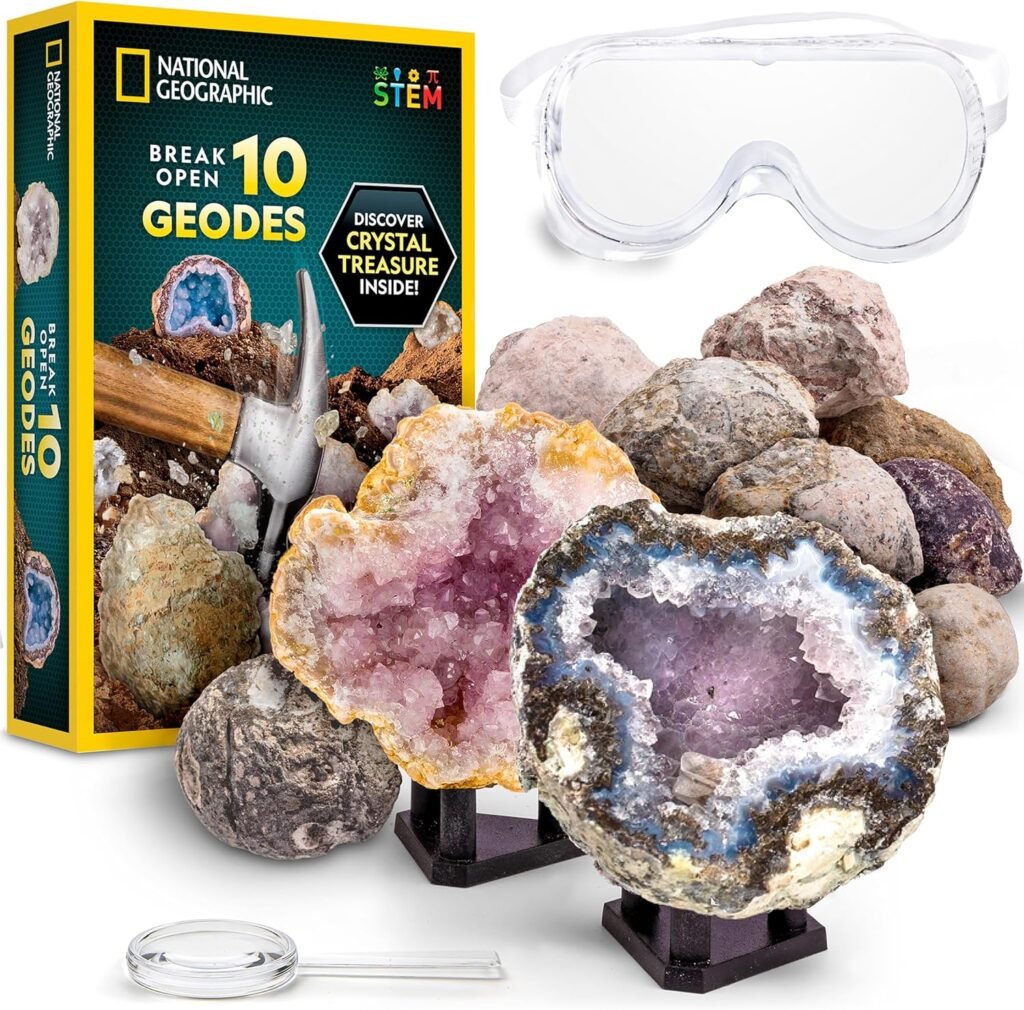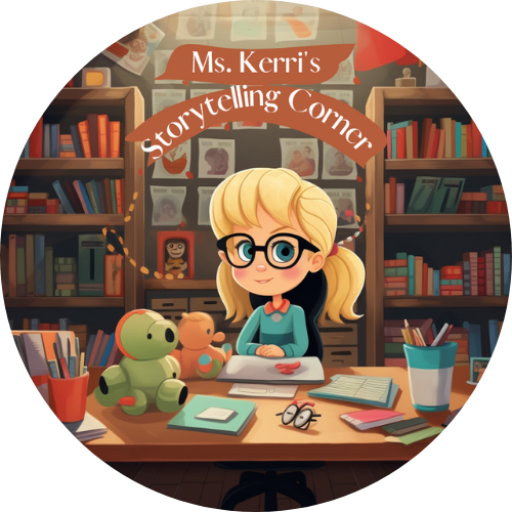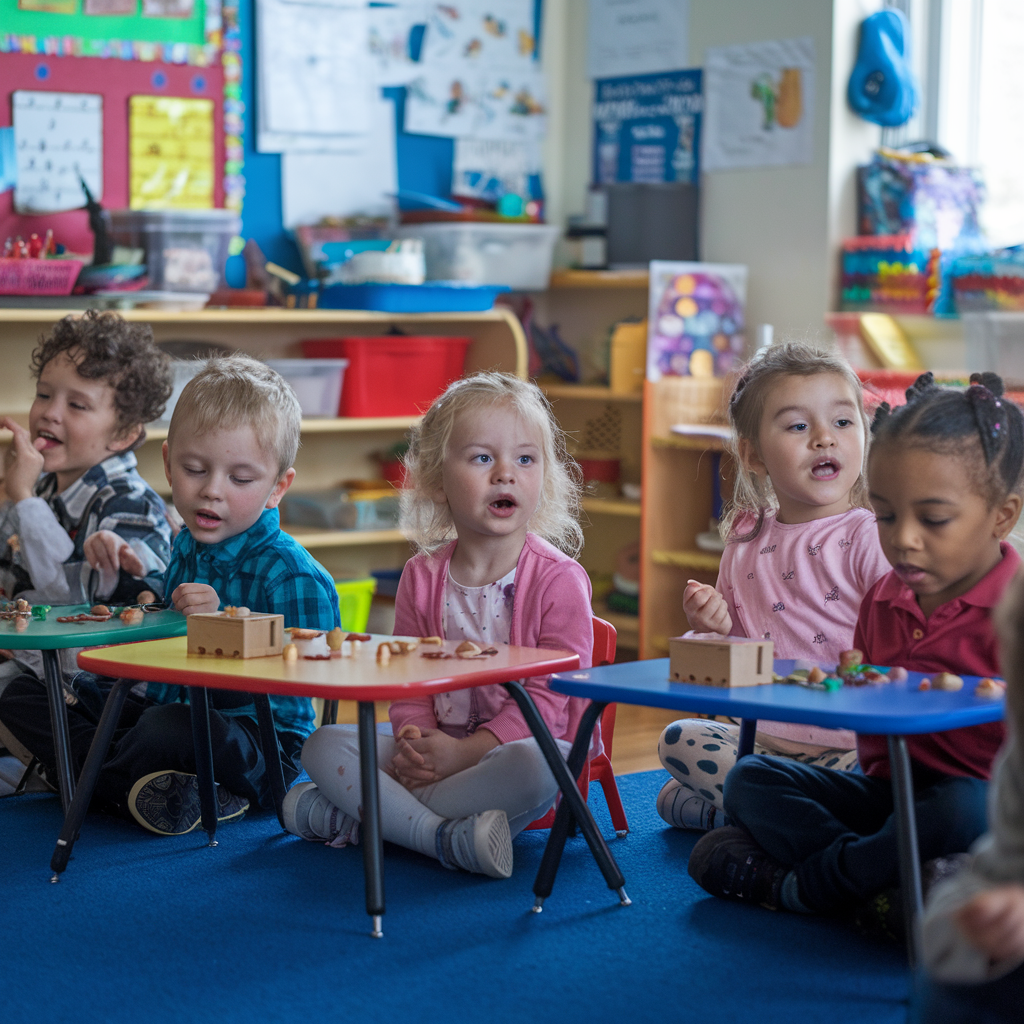Every teacher knows that moment when student energy starts bouncing off the walls. Instead of fighting it, why not harness that natural need for movement? Physical brain breaks don’t have to mean losing control of your classroom or dealing with sweaty, overstimulated kids. With the right approach, movement-based activities can actually improve focus and behavior while giving students the physical outlet they desperately need.
The secret lies in choosing activities that are energizing but not overwhelming, engaging but still structured. Let’s explore how to make physical brain breaks work for every classroom, regardless of space constraints or noise limitations.
Quick Energy Boosters That Work in Any Space
Sometimes you need brain breaks that pack maximum impact into minimal time and space. Chair-based exercises are perfect for these moments because every student has their own designated area, eliminating the chaos that can come with whole-class movement.
Seated jumping jacks get hearts pumping without anyone leaving their spot. Students keep their feet on the ground while moving their arms in jumping jack motions, or they can lift their knees alternately while moving their arms. The movement is contained but still effective for circulation.
Desk push-ups provide excellent upper body strengthening while using existing classroom furniture. Students place their hands on their desk edge and push away, adjusting the angle based on their strength level. Even thirty seconds of this movement can refresh tired minds.
“Invisible jump rope” lets kids get their cardio without actual equipment or space concerns. They hold imaginary rope handles and jump in place, varying the speed and style – regular bouncing, side-to-side hops, or even criss-cross arm movements for advanced students.

Chair exercises extend beyond simple movements. Students can do seated leg extensions, arm circles, shoulder blade squeezes, or gentle spinal twists. These brain breaks are particularly valuable during long testing periods when students need movement but must remain quiet.
Dance and Rhythm Activities
Nothing energizes a classroom quite like music, and dance-based brain breaks tap into kids’ natural love of rhythm and movement. The key is choosing activities that channel energy productively rather than creating mayhem.
“Freeze dance” remains popular because it combines fun with self-control practice. When the music stops, students must freeze in whatever position they’re in, working their balance and body awareness while having fun. Variations include freezing in specific poses like animals or geometric shapes.
Simple line dances work wonderfully because everyone follows the same pattern, making classroom management easier. The “Cha-Cha Slide” or basic country line dance steps can be taught quickly and provide excellent physical activity without requiring individual creativity that might overwhelm some students.
“Action songs” combine movement with learning when you choose pieces that reinforce academic content. Math songs with clapping patterns, geography songs with directional movements, or science songs with related gestures turn physical brain breaks into review opportunities.
Silent dancing challenges students to move to music only they can hear, either by humming internally or following teacher-led movements without musical accompaniment. This activity builds internal rhythm and provides excellent proprioceptive input for students who need sensory regulation.

Strength and Coordination Challenges
Physical brain breaks that focus on building strength and coordination serve multiple purposes – they provide necessary movement while developing physical skills and can be adapted for various ability levels within the same classroom.
Wall sits challenge leg strength while requiring minimal space. Students lean against the wall with their knees bent as if sitting in an invisible chair. Start with 15-20 seconds and gradually increase duration as students build strength. This exercise is excellent for competitive kids who enjoy trying to beat their previous records.
Balance challenges work core muscles while improving proprioceptive awareness. Students can stand on one foot, walk an imaginary tightrope line on the floor, or hold yoga poses like tree pose or warrior three. These brain breaks are particularly beneficial for students who struggle with attention, as balance requires focus and concentration.
“Animal walks” provide full-body strengthening while appealing to younger students’ imagination. Bear crawls, crab walks, frog hops, and lizard crawls all offer different muscle challenges while keeping kids engaged through play. Create obstacle courses using desk arrangements to add complexity and spatial awareness practice.
Coordination exercises like cross-lateral movements help connect the brain’s hemispheres while providing physical activity. Simple patterns like touching opposite elbow to knee, marching with opposite arm and leg movements, or figure-eight arm patterns can improve both physical coordination and cognitive function.
Team Building Through Movement
Physical brain breaks offer unique opportunities to build classroom community while meeting movement needs. Cooperative activities teach social skills while providing the physical activity students crave.

Partner exercises require communication and cooperation while delivering fitness benefits. Students can do mirror movements where one leads and the other follows, partner stretches where they help each other achieve better form, or cooperative challenges like seeing how long they can keep a balloon between them using only their backs.
Group challenges that require teamwork can energize an entire classroom while building unity. “Human knots” where students hold hands and work together to untangle themselves, group balance challenges where everyone must work together to achieve a pose, or cooperative juggling with soft balls all encourage collaboration.
Trust activities like “human spring” where partners lean against each other back-to-back and slowly sit down together build both physical strength and emotional connection. These brain breaks help create the positive classroom culture that supports learning throughout the day.
Relay races adapted for classroom spaces can provide intense physical activity while maintaining structure. Students can pass objects overhead and between legs down rows, do movement relays from their seats, or complete action sequences that travel around the room in organized patterns.
The most successful physical brain breaks are those that leave students feeling energized but calm, physically satisfied but emotionally regulated. When implemented thoughtfully, these movement activities become essential tools for maintaining the optimal learning environment throughout the school day.


Ms. Kerri’s Corner provides a exciting virtual space for preschool learning. Through a variety of engaging activities, she exposes young minds to early math, literacy, science and social-emotional skills in a developmentally appropriate way. Centers for blocks, art, books and music allow children to explore hands-on learning at their own pace. Guided lessons subtly introduce number sense, letter sounds and narrative thinking. Careful observation gives insight into each child’s progress across domains. Viewers are also invited to participate, reinforcing that their ideas are valued. By making learning fun yet purposeful, Ms. Kerri lays the groundwork for future academic success while fostering creativity and imagination. Her program offers preschoolers valuable screen-based learning experiences.




